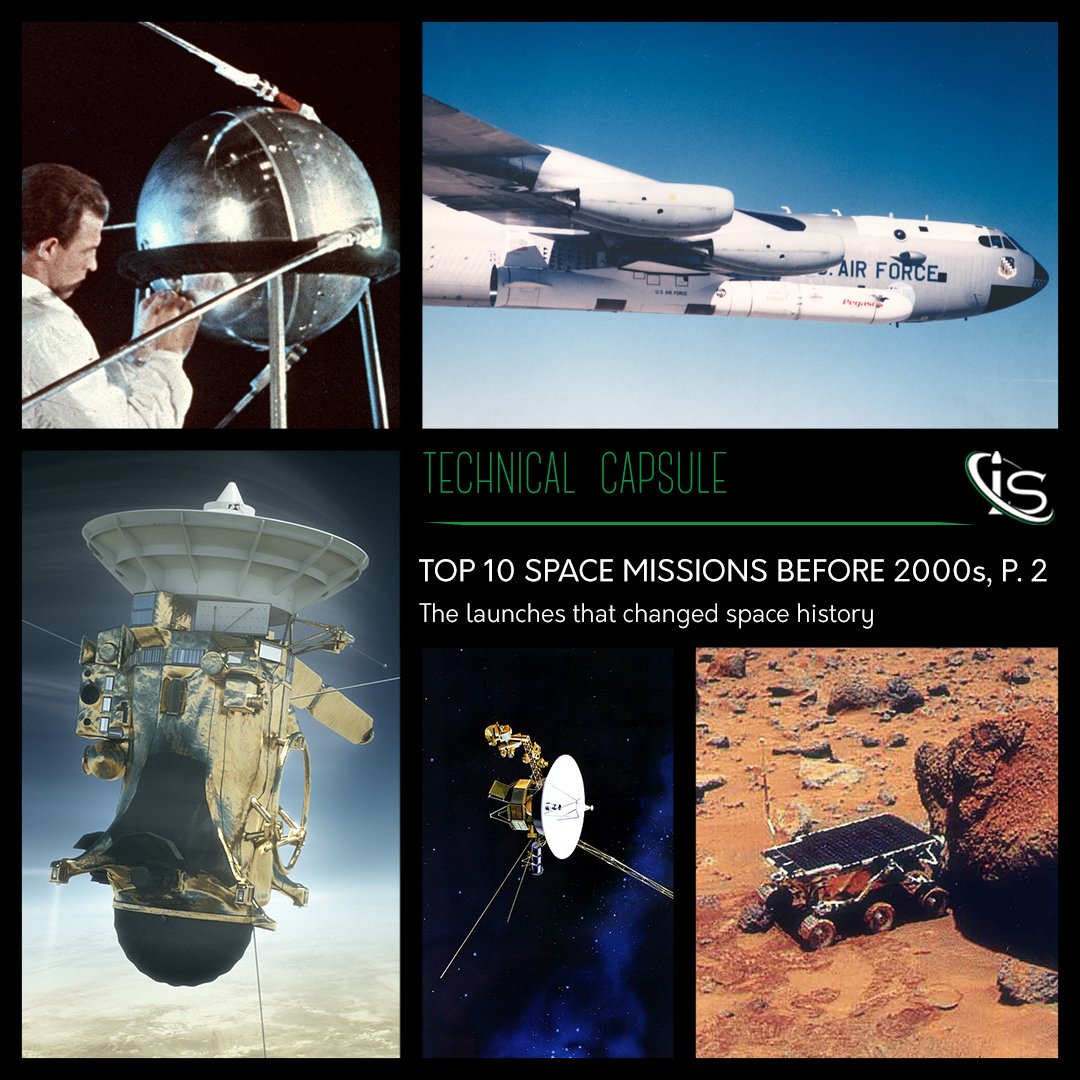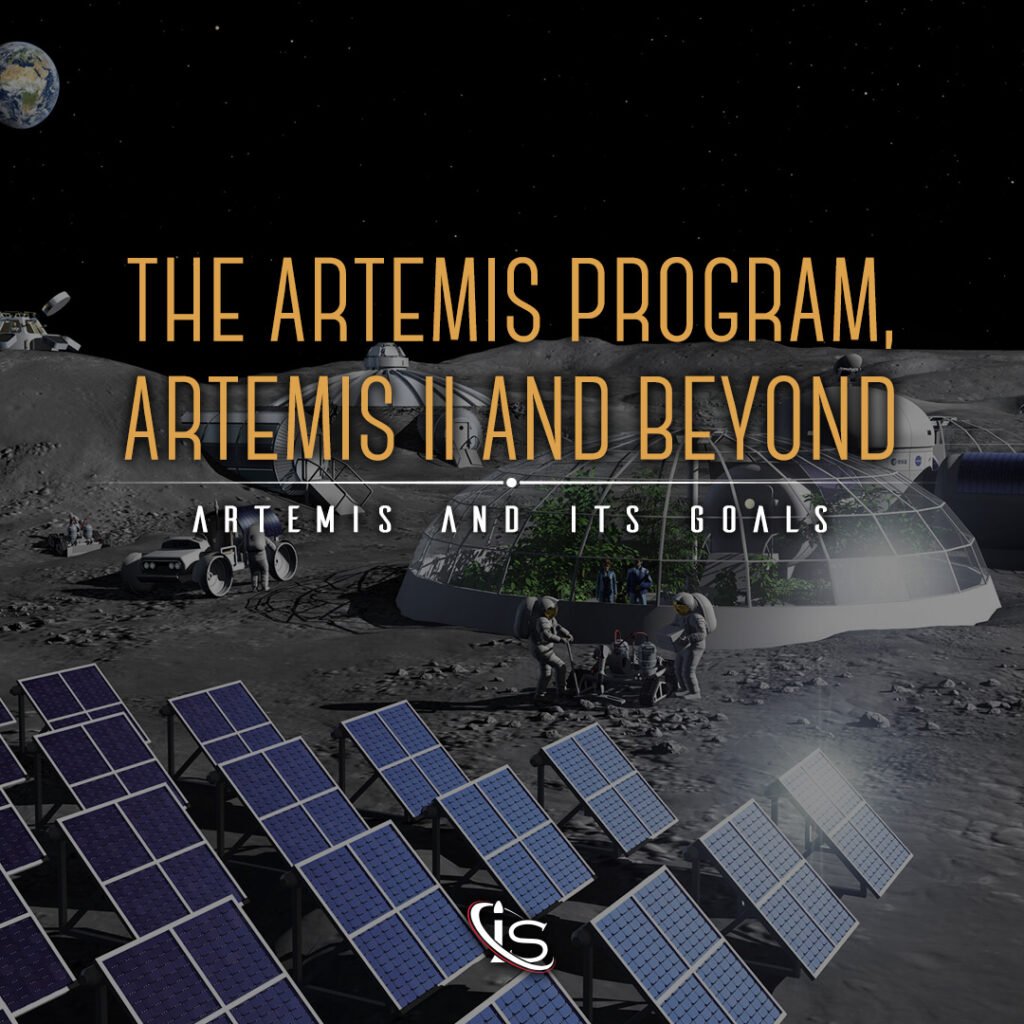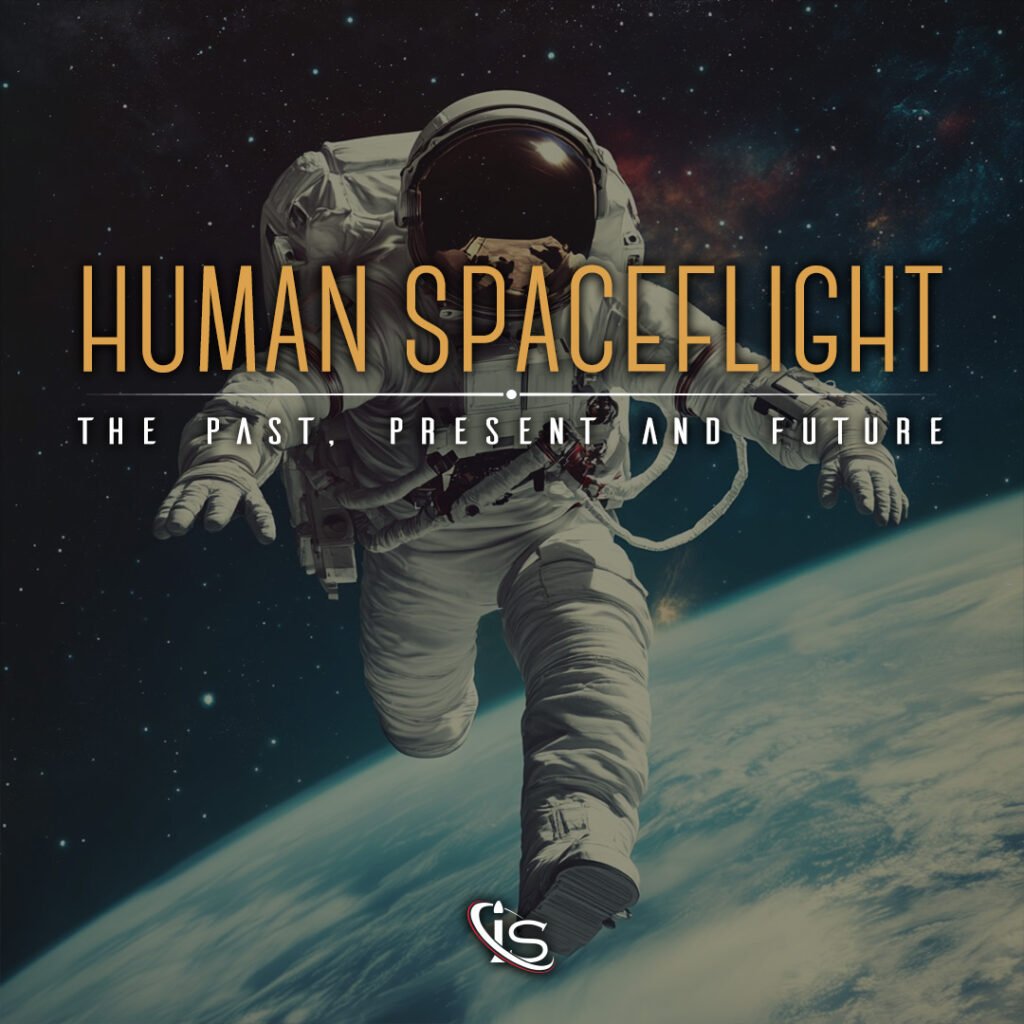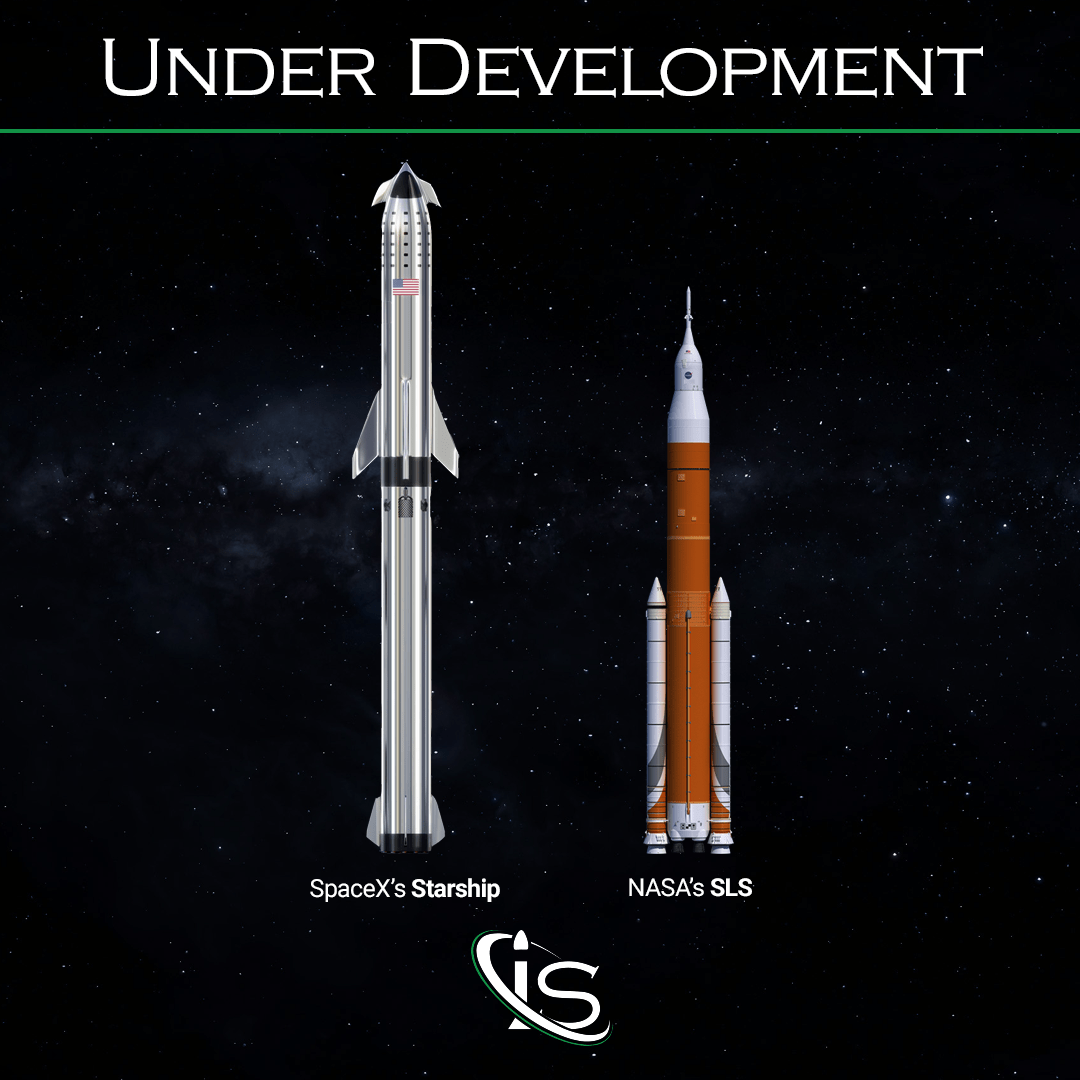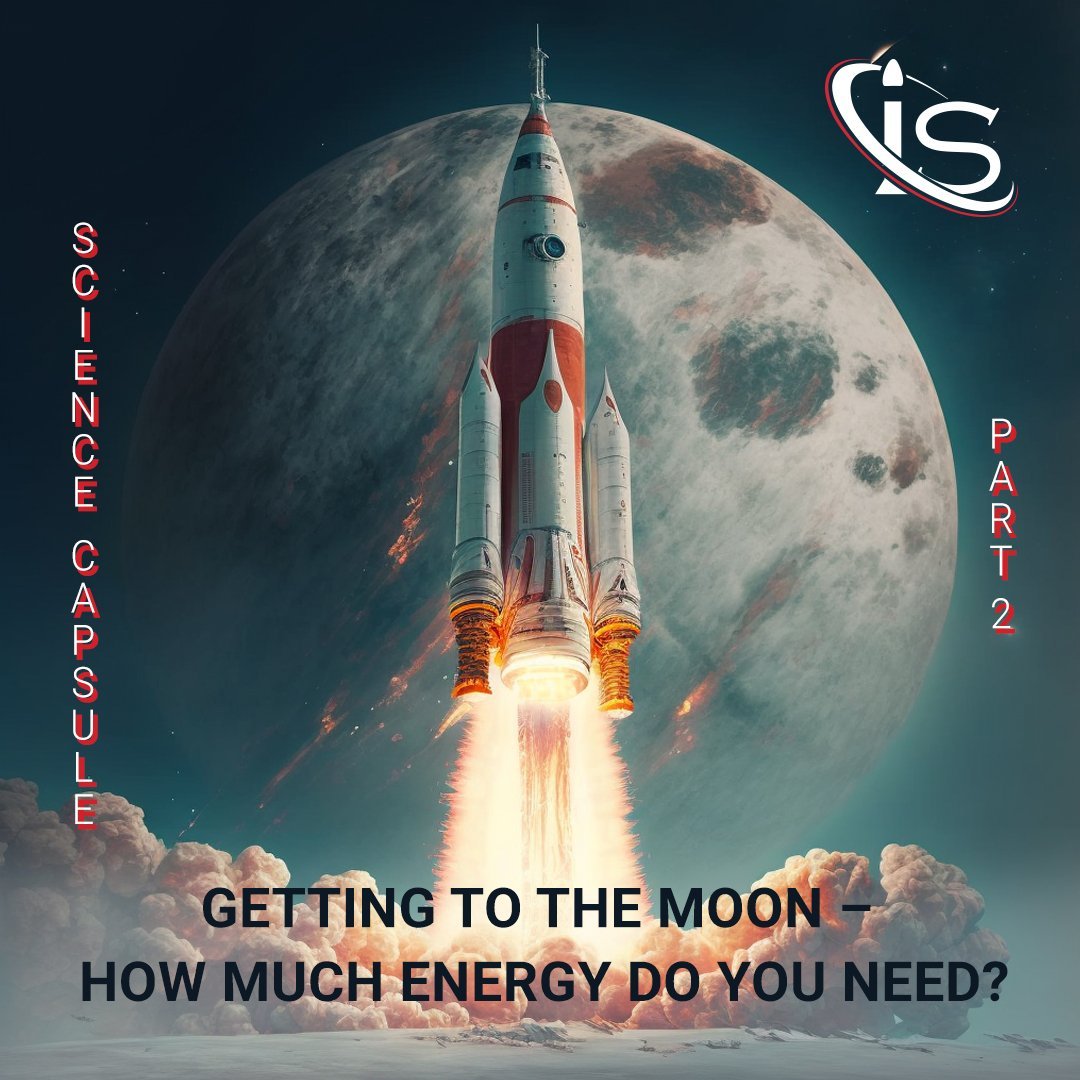The trepidation for the liftoff of the first mission of the Artemis program is very high; there is a lot of information about this imminent liftoff, but what exactly is the Artemis program? What are its main objectives? Let’s check all of this information out together!
Artemis Program
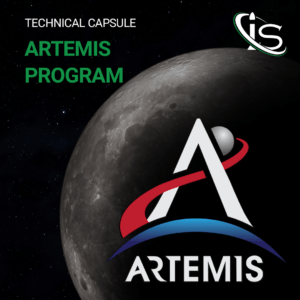
The Artemis Program, formerly called Exploration Mission-1, takes his name from Artemis, who was, in Greek mythology, the twin of Apollo and the Goddess of the hunt and of the Moon. In fact, one of the goals of the Artemis program is to have humanity return to the Moon, exactly 50 years after its last landing.
Artemis is a successor to the Apollo program, which brought a man on the Moon for the first time, with the Apollo 11 mission on July 20th, 1969. Apollo, active between 1968 and 1972, used the rocket Saturn V.
Let’s go back to Artemis. This is a multi-mission program realized with the collaboration of National Aeronautics and Space Administration (NASA), Canadian Space Agency (CSA), European Space Agency (ESA), and Japan Aerospace Exploration Agency (JAXA). This collaboration creates a kind of Global Alliance, similar to what happened with the International Space Station, or ISS. The space agencies working on this project will have the possibility to have a seat dedicated to one or more of their astronauts.
The goal of the missions is to send humans to the Moon again, but that’s not the extent of it; the main objective is the human exploration in deep space to the Moon and Mars.
But, why go on the Moon again? The Moon represents a source of scientific discovery, economic benefits and, last but not least, inspiration for a new generation of explorers; this gives the possibility to build a community around the Moon that can learn how to live far from Earth. So, the presence of humanity and robots half a million of kilometers from home will begin and strengthen throughout these missions.
Orion Spacecraft
Artemis I and the next missions will fly on SLS, the rocket designed by NASA with the collaboration of some of the most important companies in the space industry, such as Northrop Grumman, ULA, Aerojet Rocketdyne, etc. This topic has been discussed in-depth in the Technical Capsule “Launch Vehicles Under Development: SLS ans Starship“.
The SLS will have on board the Orion Spacecraft, the exploration vehicle designed for longer-duration flights beyond the Moon. It has two important modules in it: the Crew Module and the European Service Module.
- As the name suggests, the Crew Module enables to the life and the work of the crew during missions; its main characteristics are the physical resistance to intense physical forces and the heat resistance to the heat caused by friction during the reentry into the atmosphere.
- The European Service Module, contracted by ESA and designed by 10 countries in Europe, provides propulsion and consumables for astronauts, a sort of powerhouse for Orion; its weight is 13500 kg, including 8600 kg of usable propellant, 240 kg of potable water, 30 kg of nitrogen, and 90 kg of Oxygen. The ESM is the expendable component of the Orion capsule; before reentry, it will separate and burn harmlessly.
Lunar Gateway Space Station and Artemis Base Camp
The question arises, where will the astronauts stay during their mission on the Moon?
NASA is developing a kind of camp composed of three main components:
- The Lunar Gateway Space Station orbiting around the Moon;
- The Human Landing System to travel from the station to the camp;
- The Artemis Base Camp on the Moon Surface.
The Lunar Gateway Space Station will be launched in dedicated missions in the next few years; it will provide a place to live and work for the astronauts, it will support long-term science and human exploration on and around the Moon, and it will also support studies of heliophysics, human health, and life sciences. The Gateway project includes docking ports for a variety of visiting spacecrafts. There will be a smart robotic system, the Canadarm 3, designed by CSA. Its task will be: to maintain, repair, and inspect the Gateway; to capture visiting vehicles; to relocate Gateway modules; and to help astronauts during spacewalks. Although it is an automatic robot, there is the possibility to control it from both the Gateway and Earth.
The Artemis Base Camp is a camp on the Moon in which the crew will stay during their missions. They will conduct experiments and study directly on the surface on the Moon, more than ever before. The goal is to create a base in which the crew can stay for up to two months consecutively.
Artemis Program Missions
The complexity of the missions will increase moving forward in the project. Let’s go through the first missions!
Artemis I
The first step of Artemis is an human uncrewed flight to test out all the systems in deep space and the procedures on the ground. We highlight that it will not have a human crew, but it will have a “crew”! The “crew” is composed by commander Moonikin Campers, some Lego Figures, the ESA’s mascot Shaun the Sheep, Snoopy, and other mannequins with sensors.
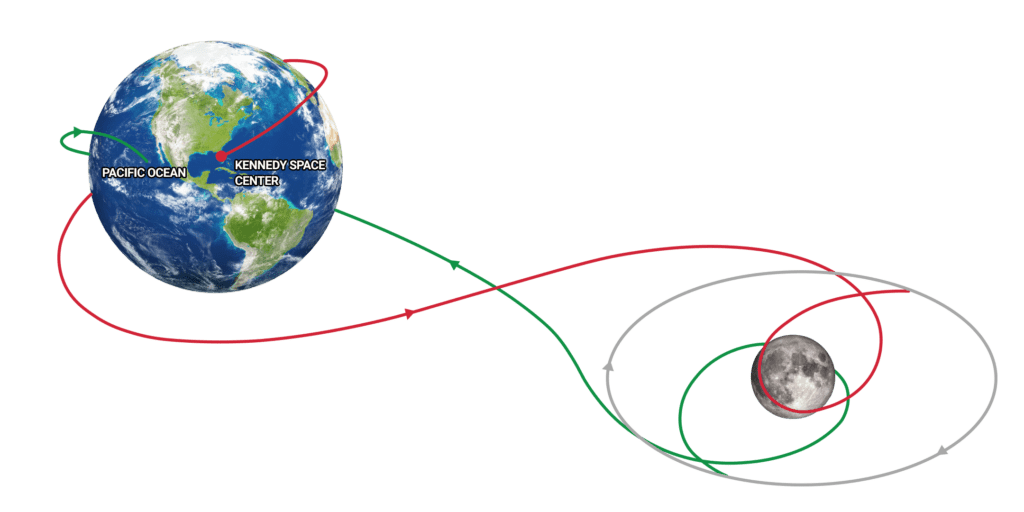
The step-by-step mission profile is:
- Liftoff of SLS from NASA’s Kennedy Space Center;
- Injection in an LEO;
- Translunar injection by the upper stage ICPS;
- Trip to the Moon;
- Flyby to the Moon; with the lunar gravity, the capsule will gain speed and be propelled beyond the Moon;
- Injection in Distant Retrograde Orbit;
- Distant Retrograde Orbit, 70000 km from the Moon and 500000 km from the Earth, farther than any human has traveled;
- Departure from the Distant Retrograde Orbit
- Second flyby to the Moon
- Home trip to Earth
- Separation of Crew Module
- Reentry and splashdown of the crew in the Pacific Ocean.
This mission can last between 20 to 40 days. The variation is linked to the timing for the splashdown in the Pacific Ocean. However, it will most likely last 42 days.
Delay and Maiden Flight
NASA scheduled the launch of Artemis I, which was even the maiden flight of SLS, for last Monday, August 29th. The countdown was suspended 40 minutes before liftoff due to cooling problems on the RS-25 engines. The engine should achieve the temperature of -251°C to avoid thermal shocks when the LOX and LH2 are introduced. For this problem, NASA should roll back the SLS and check if the problem is with the sensor; however, they decided to start the cooling earlier and observe if the resulting cool down is satisfying. There was another problem on the first attempt to launch: an umbilical quick disconnect caused LH2 loss; the fix of this problem is the counterbalancing of the loss of LH2.
The second tentative liftoff was scheduled for Saturday, September 3rd at 18:17 UTC, but also in this case the hydrogen leakage forced NASA to delay the launch.
The third tentative is scheduled for November 14th at 05:07 UTC, click here for the live stream.
Artemis II
The second step of the Artemis program is the first crewed test flight on Orion scheduled for NET May 2024. The composition of the crew is of four astronauts (one of whom will be Canadian), who will have to monitor the mission planning, system performance, crew interfaces, guidance, and navigation systems.
With respect to the previous mission, the Orion capsule will carry Oxygen tanks, crew displays, and full life support.
The duration of the mission, similar to the Artemis I mission, involves 8 days, extendable depending on the objective of the mission. It will take the astronauts to 8889 km beyond the Moon, 1000 times farther than the ISS; this will be the farthest human travel beyond the far side of the Moon; hence, it will be a record!
Artemis III
The third and most amazing step is the return to the Moon surface scheduled for NET 2025. The mission will, again, involve four astronauts: the next man and the first woman on the Moon.
We will learn more about this and future missions in the next months, so stay tuned to stay updated!
